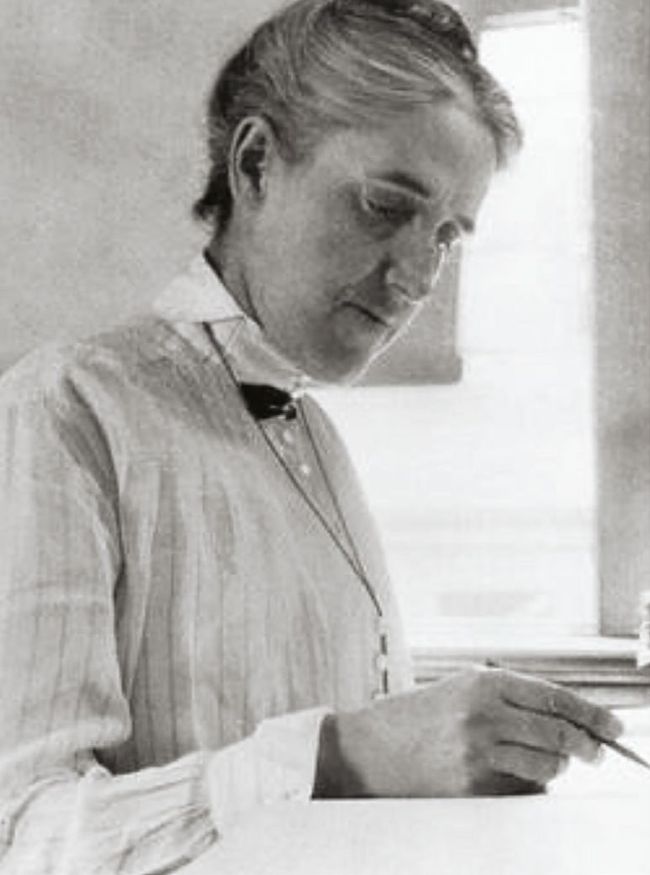HEROES OF SPACE
HENRIETTA SWAN LEAVITT
This groundbreaking astronomer helped us discover our place in the universe
WORDS NIKOLE ROBINSON

Leavitt hard at work at Harvard College Observatory
Henrietta Swan Leavitt was born in 1868 in Massachusetts, the daughter of a congregational minister and the oldest of seven children. In her youth she attended Oberlin College and the Society for the Collegiate Instruction of Women, later named Radcliffe College, the latter of which she graduated from with a bachelor’s degree in 1892. Her course of study was originally in the liberal arts, but in her last year of college she embarked on a course in astronomy, which she took to with great enthusiasm.
After completing her degree, in 1895 Leavitt began volunteering at Harvard College Observatory under American astronomer Edward Pickering. She was part of a group known as the Harvard Computers, a group of skilled women employed by Pickering to sift through mountains of astronomical data. Each woman was given a different set of data to catalogue and analyse. Leavitt was assigned to study variable stars, those whose luminosities vary over time but whose exact workings were poorly understood. In her studies, she found thousands of variable stars in the Small and Large Magellanic Clouds – satellite galaxies of the Milky Way – and she noticed a pattern: the brighter a variable star was, the longer its period of variability. The type of stars she focused on were so-called Cepheid variables, a class of very luminous variable stars. She was the first to notice this strong correlation between their luminosity and their period of pulsation. Using the assumption that these stars were all at a similar distance from Earth in the Magellanic Clouds, she calculated the period-luminosity relationship of the stars.